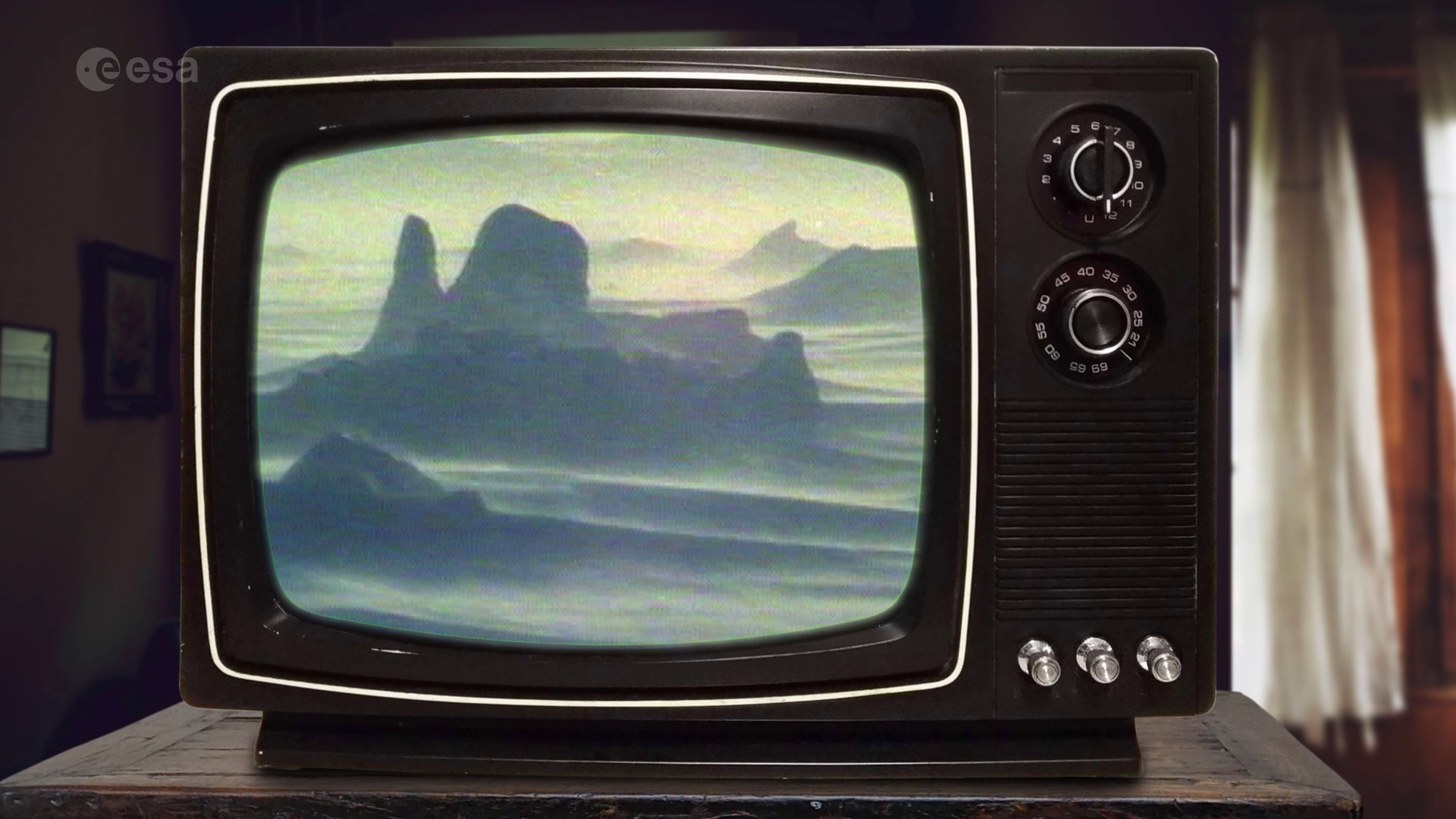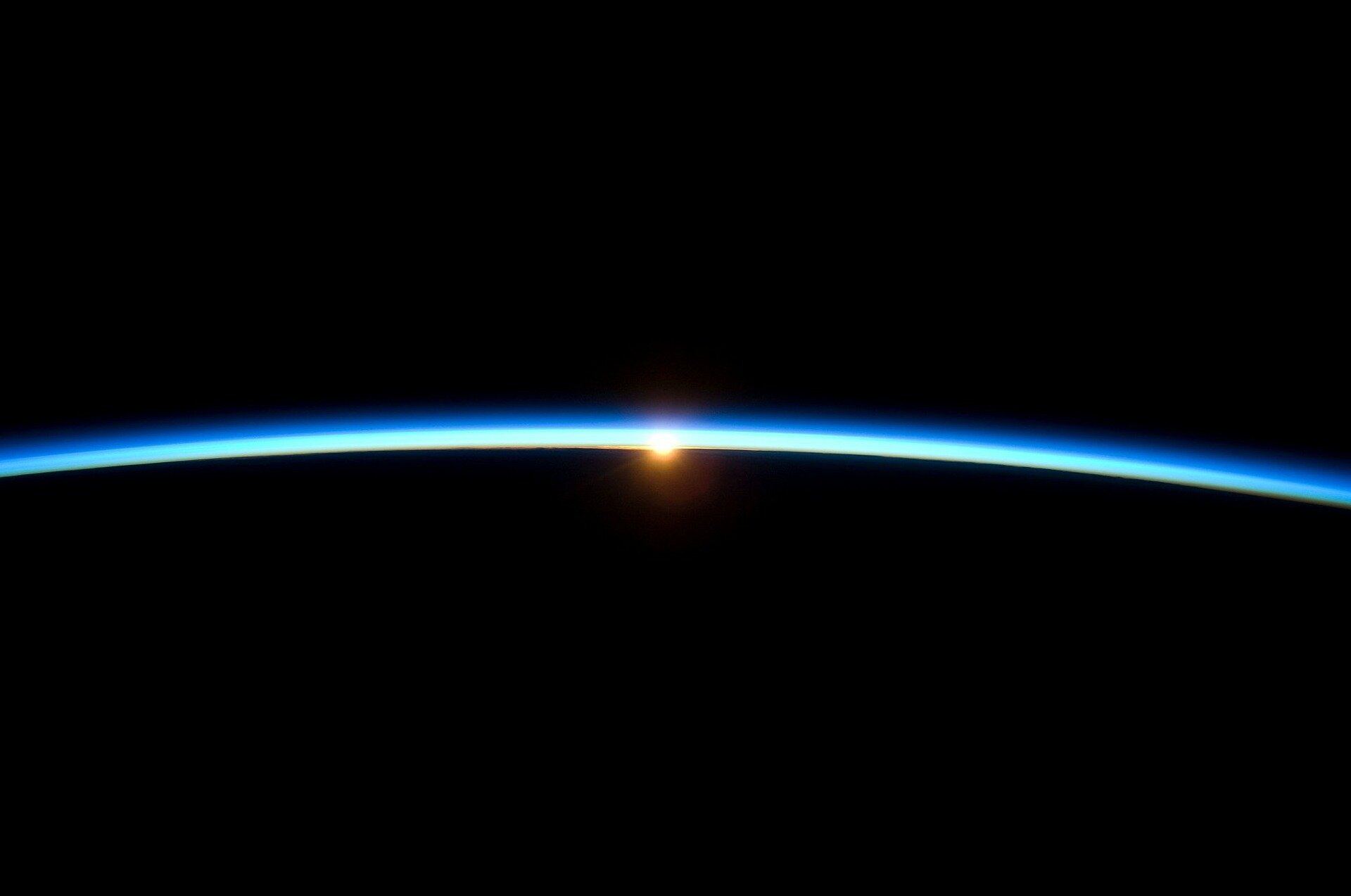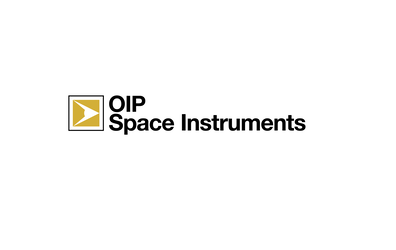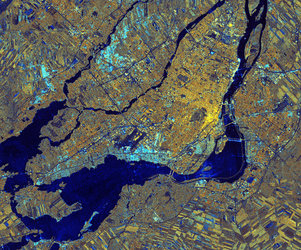Ozone
Thanks to the Montreal Protocol, over the last three decades much progress has been made in stopping damage to the ozone layer through restrictions on the use of certain chemicals in appliances such as refrigerators. However, while this atmospheric shield in the stratosphere, 15–30 km above Earth’s surface, is on the road to recovery, monitoring and understanding the processes involved are of the upmost importance.
Atmospheric ozone acts as Earth’s sunscreen, absorbing ultraviolet radiation from the Sun, particularly harmful UV-B rays. Exposure to UV-B radiation can lead to an increased risk of skin cancer and cataracts, as well as damage to plants and other wildlife.
Ozone is a gas molecule that comprises of three oxygen atoms, O3. While plenty of ozone in the stratosphere is a good thing, ozone lower down in the atmosphere, in the troposphere, is a pollutant created by chemical reactions between oxides of nitrogen and volatile organic compounds. This happens when pollutants emitted by cars and power plants for example, react in the presence of sunlight. This ‘bad’ ozone is linked to respiratory disease.
The amount of the ‘good’ ozone in the stratosphere fluctuates naturally according to the season and latitude. Measurements of stratospheric ozone began by using a Dobson Spectrophotometer in 1957 when the British Antarctic Survey set up the Halley Bay Observatory on Antarctica in preparation for the International Geophysical Year. These measurements subsequently gave the first clues that there was trouble in the ozone layer.
In the 1970s, US research revealed that chlorofluorocarbon gases which, at the time, were commonly used in aerosol sprays and as coolants in refrigerators, were a threat to ozone. As these CFCs reach the stratosphere, the Sun's UV rays break them down into substances that include chlorine. One atom of chlorine can destroy more than 100 000 molecules of ozone.
In 1985, a team of scientists from the UK found a hole in the ozone layer over Antarctica. The Montreal Protocol on Substances that Deplete the Ozone Layer followed in 1987. This landmark multilateral environmental agreement regulates the production and consumption of nearly 100 human-made chemicals referred to as ozone depleting substances. To date, the Protocol is the only UN treaty ever to have been ratified every country on Earth.


Access the video
While CFCs were to blame for the ozone hole over Antarctica, ozone here also varies naturally. The hole is an area with extremely low concentrations of ozone that happens every year in the southern hemisphere’s early spring – in August to October. After the dark winter months, spring brings sunlight, which releases ‘ozone-busting’ chlorine into the stratosphere.
Since the discovery of the stratospheric ozone depletion and the ban on CFCs, the ozone layer has been recovering. Projections are that it will have healed in the non-polar northern hemisphere by the 2030s, in the southern hemisphere by the 2050s and in the polar regions by the 2060s
However, recovery may not be a simple process. A study in 2018 found that ozone in the lower stratosphere had dropped. Violations to the Montreal Protocol or the use of other harmful gases such as hydrochlorofluorocarbons could be a reason for this drop.
While ozone depletion is not a major cause of climate change, there are links. Ozone absorbs solar ultraviolet radiation, which heats the stratosphere and it absorbs infrared radiation emitted by Earth's surface, effectively acting as a greenhouse gas trapping heat in the troposphere. Depleted ozone has made the stratosphere colder over the southern hemisphere. The colder stratosphere has resulted in faster winds near the pole, which affect tropical circulation and rainfall at lower latitudes. The ozone hole is not causing global warming, but it is affecting atmospheric circulation.
It is imperative to continue monitoring stratospheric ozone, not only its recovery to ensure restrictions laid out in the Montreal Protocol are working, but also for a deeper understanding of atmospheric chemistry, which is linked to other processes that affect our planet and life on Earth.









